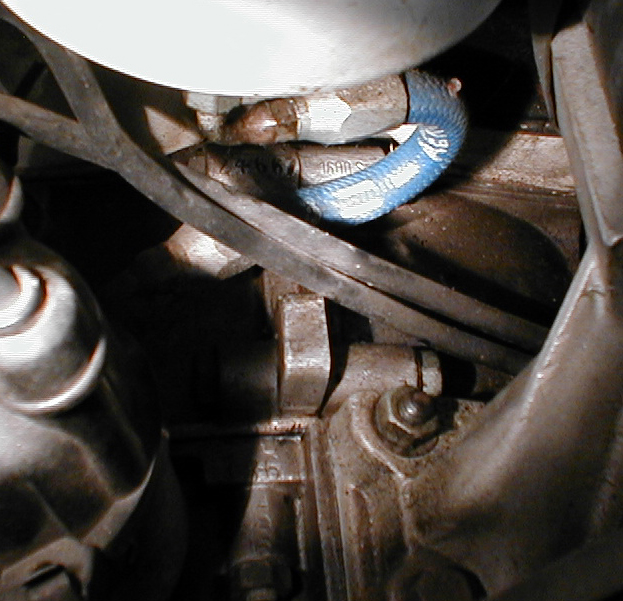
First things first. The engine is clearly marked as a 1600S. "S" for Super.
The
barn door hesitantly creaks open on old dry hinges.
Sun light streaks in for the first time in decades.
Off in a corner lurks a shape.
The unmistakable shape of a 50's sports car icon, a Porsche 356 coupe.
Its rounded lines covered in a thick dust and the occasional clump of
hay. Amazingly
the tires still hold some air.
You inspect the tire tread carefully and see that it is virtually new but
this is a tire design that has not been produced in over 20 years.
Your host, the farmer, informs you that he just purchased this farm which
had not been worked in over 20 years.
Says the farmer, "This little "furren" car has apparently
been here the whole time. Any idea how much it will cost me to get it hauled
outta here?" "Not
a penny" you say as you reach for your phone to dial a towing
company.........

First things first. The engine is clearly marked as a
1600S. "S" for Super.
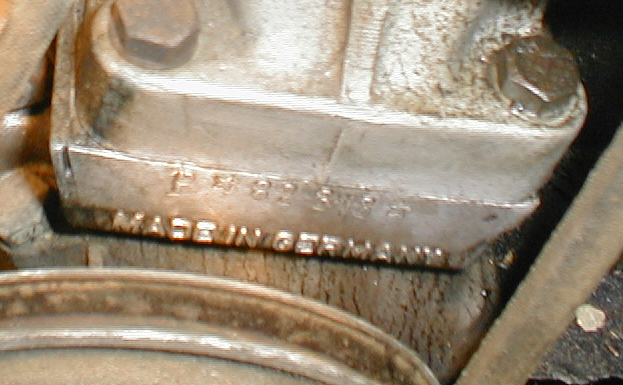
The engine # of 82818 falls right in the middle of the
range for 1958 1600S engines according to Burnham and Jeffries in their
"Porsche 356 Rear-Engined Jewel" published by Osprey Automotive.
The chassis # of 104365 also falls in the middle of the
range for '58 356A coupes according to the same authors.

The engine turns over easily by hand.
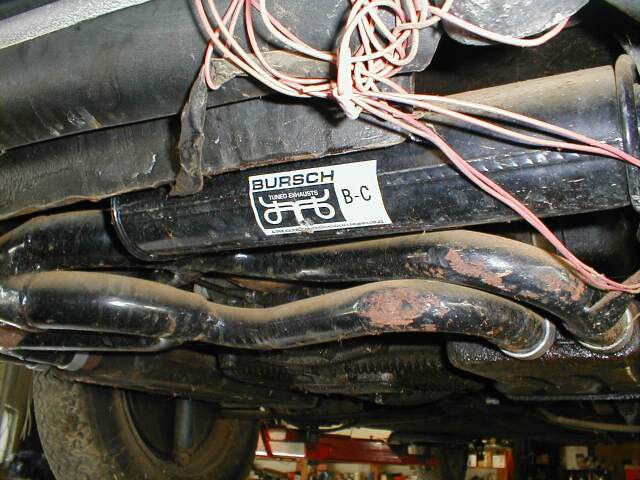
This tuned exhaust was installed a few years ago.

This is exactly what a door gap should look like on a 356.

356 restorers covet original gaps like these because they
are so difficult to get right. The doors, hood & engine cover were
hand fitted to each individual car. You cannot swap doors between cars
without a great deal of effort and even then the result may not be
satisfactory. See the next photo.

Each door has a number stamped on the inside which matches the
last 3 digits of the chassis #.



The following photos are those which you rarely see when cars are offered for sale. Most sellers only show you the "shiny" side. Sellers typically state "no visible" rust. What does that mean? Probably that they didn't make much of an effort looking for it. When a car is heavily rusted(often times covered with heavy undercoating) the restoration costs go up exponentially.


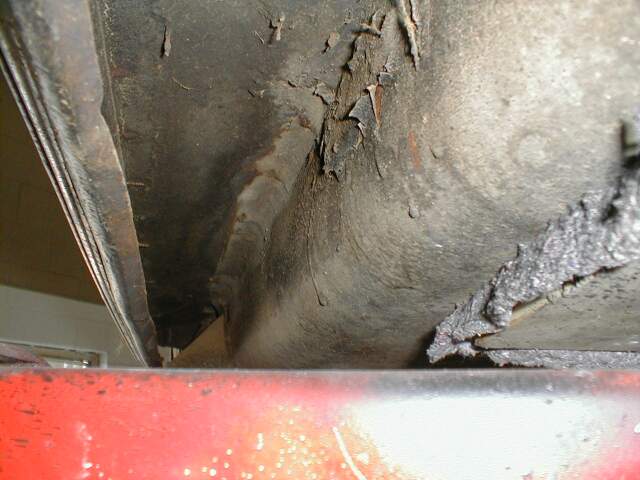
That's old undercoat peeling. If you tap on the
longitudinals you get a nice hollow sound.
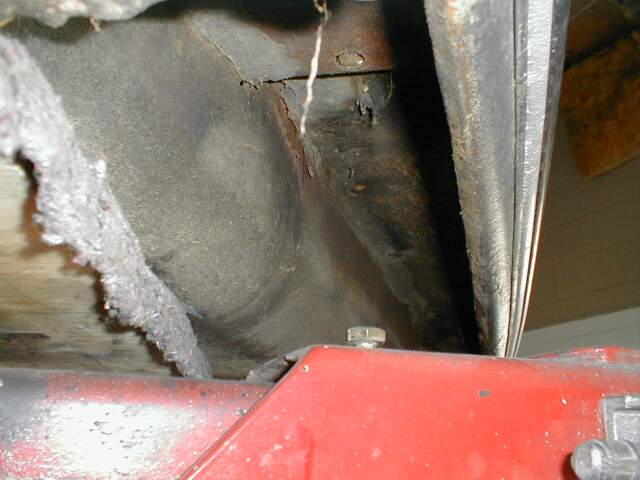
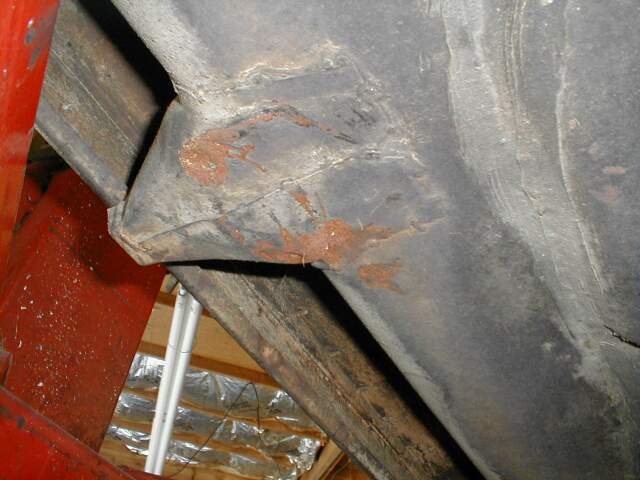

Nice jacking ports.





Some spots look rough but under the old seam sealer is solid bare
metal. Anyone can spray a coat of fresh undercoat and make it look pretty
but I want you to see that there is nothing lurking underneath.

I poked with a screwdriver everywhere that looked
suspicious. Above I peeled away some loose undercoat to find solid metal
with only a light coat of oxide.
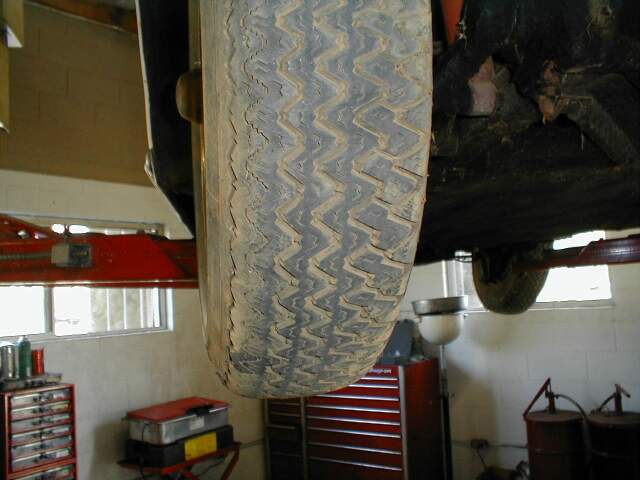
Here is one of the ancient Michelins still with great tread.

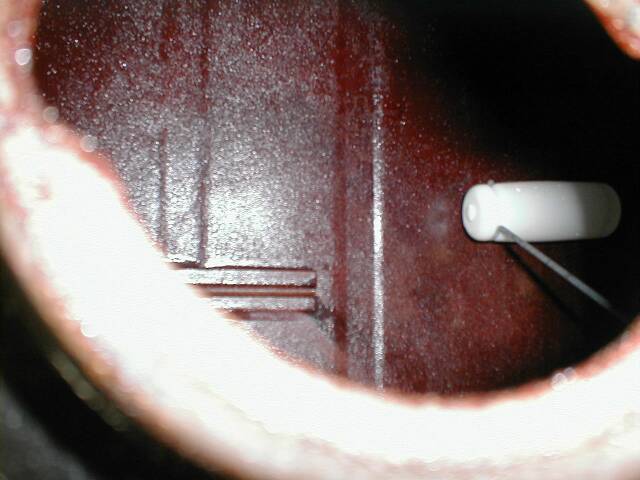
Here is a shot inside the gas tank. It has already been
boiled out and coated.
OK, enough of the tedious details. What's this car really look like?







A wonderfully original steering wheel.






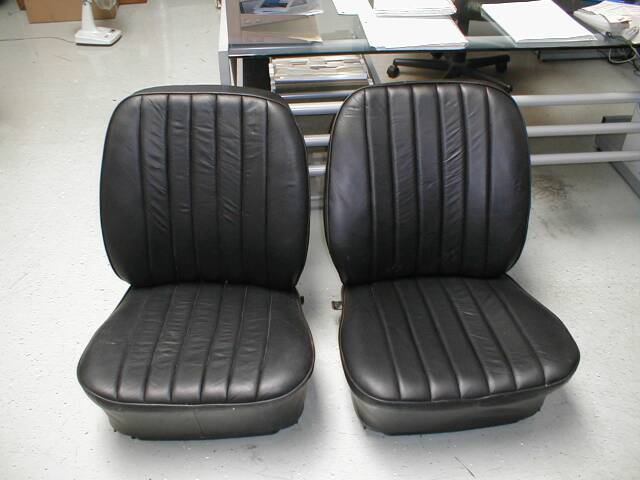

Send Email to: mail@motoringinvestments.com